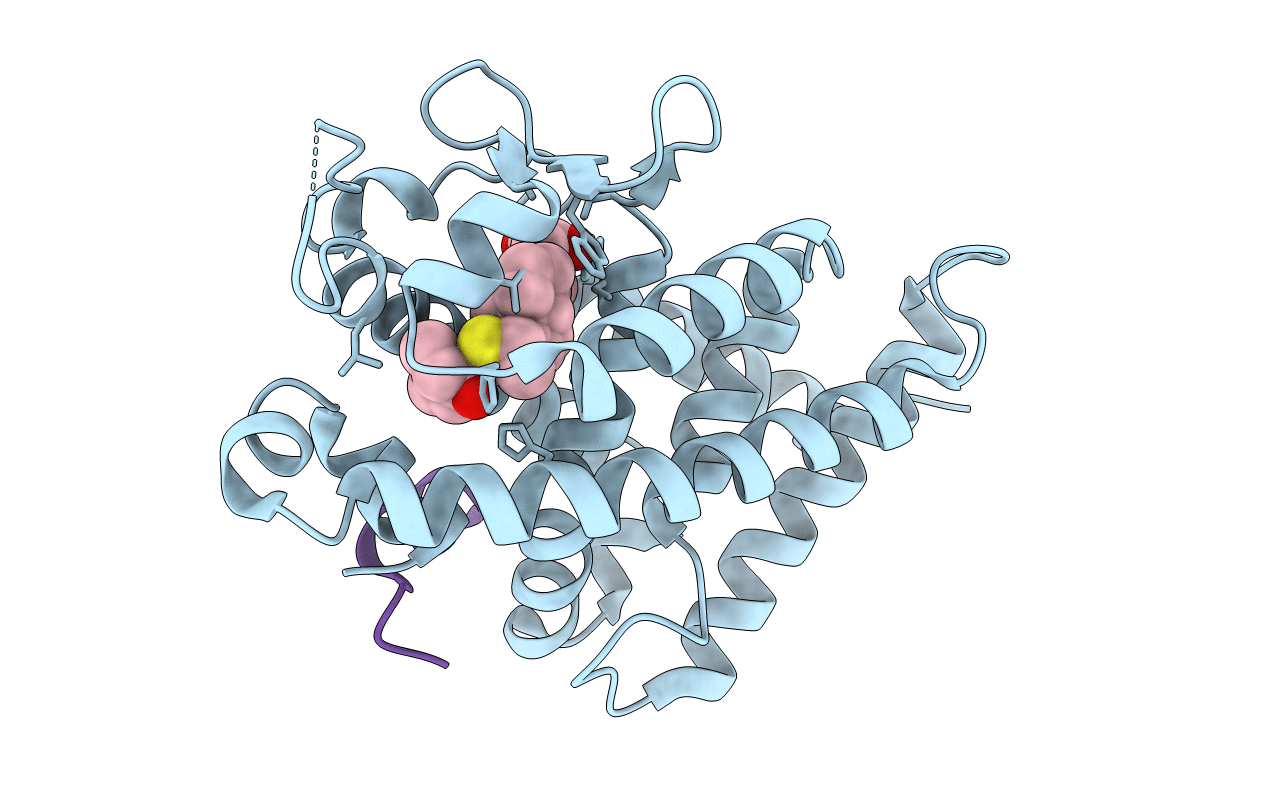
Deposition Date
2012-05-19
Release Date
2013-05-22
Last Version Date
2023-11-08
Entry Detail
PDB ID:
3VT4
Keywords:
Title:
Crystal structures of rat VDR-LBD with R270L mutation
Biological Source:
Source Organism:
Rattus norvegicus (Taxon ID: 10116)
(Taxon ID: )
(Taxon ID: )
Host Organism:
Method Details:
Experimental Method:
Resolution:
1.90 Å
R-Value Free:
0.26
R-Value Work:
0.21
R-Value Observed:
0.21
Space Group:
C 1 2 1


